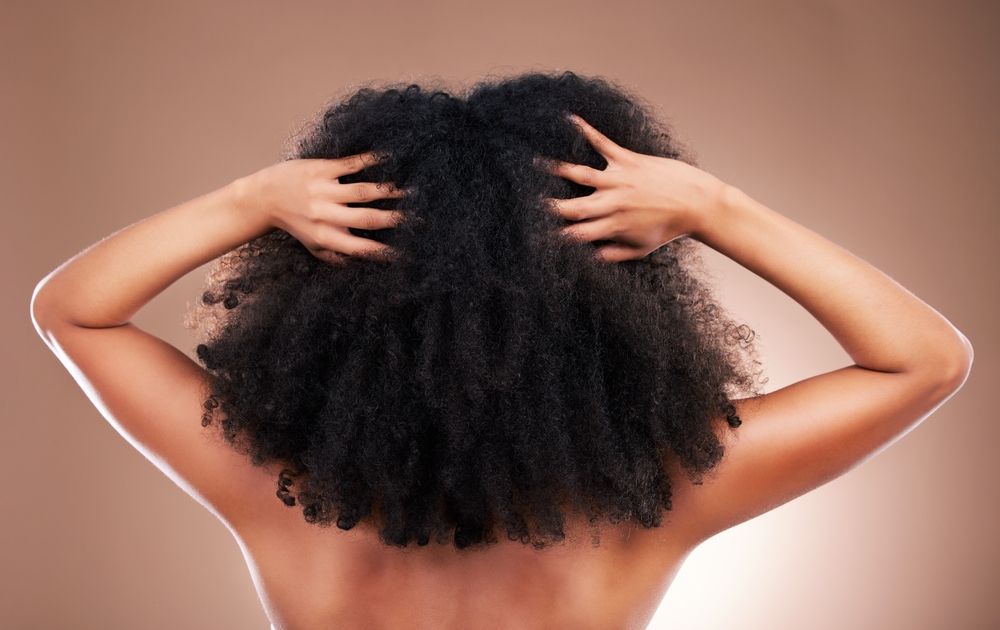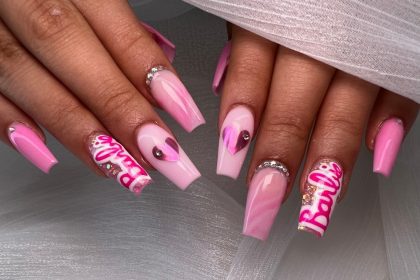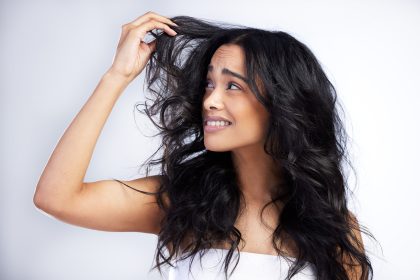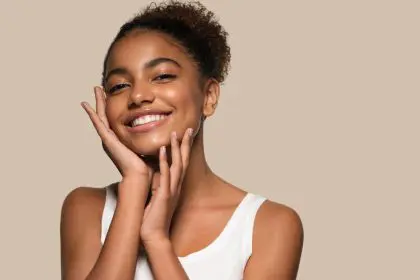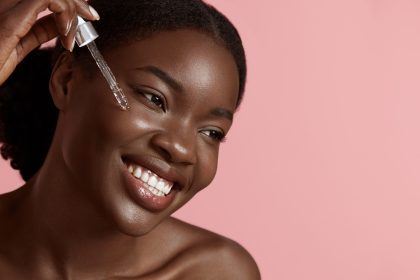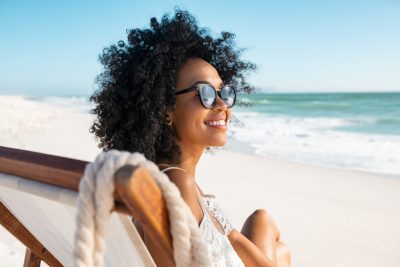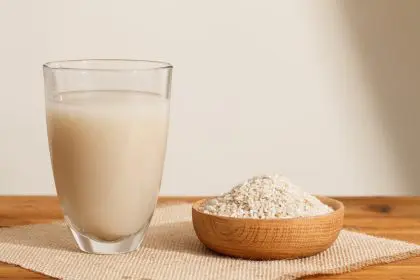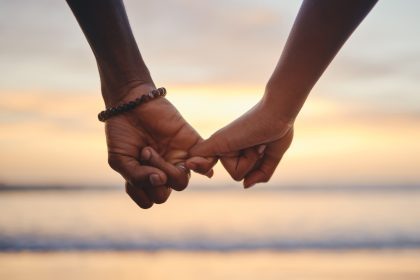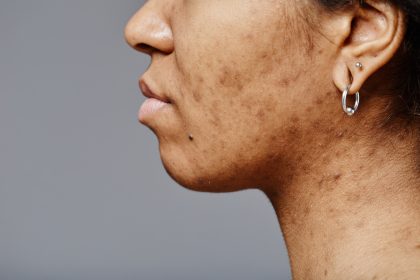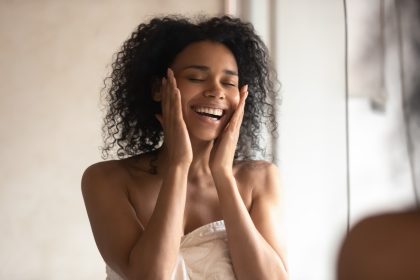When I first heard about the “no-poo” movement, I thought it was just another internet beauty trend that would fade away in a few weeks. But after seeing countless before-and-after photos of people with gorgeous, healthy hair who claimed they hadn’t used shampoo in months, I decided to try it myself.
Two months later, I learned some surprising things about my hair, my scalp, and the $87 billion hair care industry that nobody talks about.
Week one was a greasy nightmare
I’m not going to sugarcoat this — the first week was rough. My hair looked like I’d dunked it in olive oil, and I became very familiar with dry shampoo and strategic ponytails. I questioned my life choices every morning when I looked in the mirror.
The theory behind no-poo is that shampoo strips your scalp of natural oils, causing it to overproduce oil to compensate. By stopping shampoo, your scalp supposedly recalibrates to produce just the right amount of oil for healthy hair.
But knowing the science didn’t make my hair look any less greasy during those first seven days. I avoided close-up photos and invested heavily in headbands and scarves.
The adjustment period nobody warns you about
Around week two, something interesting started happening. My hair was still oily, but it was a different kind of oily. Instead of that heavy, greasy feeling, my hair started to feel more… moisturized? It’s hard to describe, but the texture was changing.
I was rinsing my hair with water every day and occasionally using a tiny bit of baking soda mixed with water to cleanse my scalp. Some no-poo advocates use apple cider vinegar as a natural conditioner, but I found it made my hair smell like salad dressing.
The hardest part wasn’t actually the way my hair looked — it was dealing with other people’s reactions. Friends kept asking if I was feeling okay or if I needed help washing my hair. The social pressure to have “clean” hair is real.
When things started to turn around
By week four, I noticed my hair was becoming more manageable. The oiliness was concentrating more at the roots rather than coating every strand. My ends, which had always been dry and prone to breakage, actually seemed healthier.
I also realized I was touching my hair less throughout the day. When your hair is naturally oily, you stop running your fingers through it constantly, which probably helped it look better overall.
The real turning point came when I started using a boar bristle brush to distribute the natural oils from my scalp down the length of my hair. This ancient technique actually worked — my hair started looking more evenly conditioned rather than greasy at the roots and dry at the ends.
The unexpected benefits I discovered
Around week six, I started noticing benefits I hadn’t expected. My hair felt stronger and less prone to breakage. The color seemed richer and shinier, even though I hadn’t had it professionally treated in months.
My scalp, which had always been sensitive to certain shampoos, felt more balanced. No more itching, flaking, or irritation that I’d just accepted as normal. I was sleeping better too, without worrying about whether my pillowcase would make my freshly washed hair greasy by morning.
The time savings were significant. My morning routine became so much simpler without the wash-condition-style cycle. I was spending maybe five minutes on my hair instead of 30-45 minutes every other day.
The science behind why it might work
Your scalp produces sebum, a natural oil that’s actually designed to protect and condition your hair. Commercial shampoos strip away this sebum along with dirt and environmental pollutants, which can create a cycle of overproduction.
Some dermatologists argue that daily shampooing is unnecessary for most people and can actually damage hair and scalp health. Others maintain that regular cleansing is important for scalp hygiene and hair health.
What I learned is that the “right” washing frequency probably varies from person to person based on hair type, lifestyle, and genetics. The one-size-fits-all approach of daily shampooing might not work for everyone.
The social experiment aspect
One of the most interesting parts of this experiment was realizing how much of our beauty routine is driven by social expectations rather than actual necessity. I was constantly worried about what other people thought of my hair, even when it objectively looked fine.
We’re conditioned to believe that hair needs to be washed frequently to be “clean,” but clean according to whom? My hair felt healthier and looked shinier after two months without shampoo than it had in years of regular washing.
The reality check after two months
After eight weeks, my hair had definitely found a new equilibrium. It wasn’t the glossy, perfect hair you see in no-poo success stories, but it was healthier than when I started. The texture was improved, breakage was reduced, and my scalp felt more balanced.
However, I also learned that going completely shampoo-free isn’t realistic for everyone. If you exercise frequently, live in a polluted environment, or use styling products regularly, you probably need some form of cleansing more often.
What I’m doing now
I didn’t go back to daily shampooing, but I found a middle ground that works for my lifestyle. I wash my hair with a gentle, sulfate-free shampoo about once a week, and use water-only washes or dry shampoo in between.
This compromise gives me the benefits of allowing my scalp’s natural oils to do their job while still feeling socially acceptable and dealing with real-world factors like sweat and pollution.
The bigger lesson about beauty standards
This experiment taught me that many of our beauty routines are habits rather than necessities. We often follow practices because that’s what we’ve always done or what marketing tells us we should do, not because they’re actually beneficial for our hair or skin.
The no-poo movement isn’t right for everyone, but it’s worth questioning whether your current hair care routine is actually serving you or just serving the companies selling you products. Sometimes the best thing you can do for your hair is simply leave it alone.

